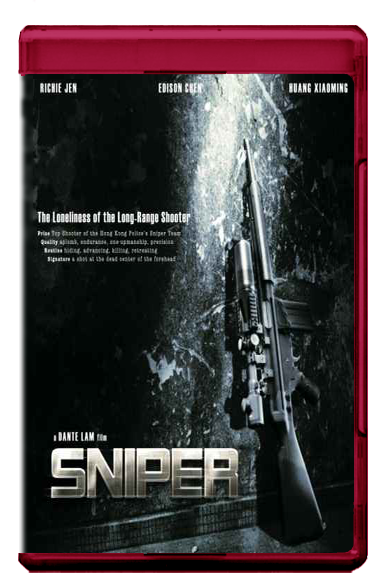Is the film industry truly evolving with technology and creativity? The answer lies in bold statements like this: Films such as The Lego Ninjago Movie have redefined how animated films engage audiences globally. These cinematic experiences are no longer confined to traditional storytelling but embrace innovation, appealing to both children and adults alike.
Released in 2017, The Lego Ninjago Movie captivated viewers with its vibrant animation and compelling narrative. Centered around Lloyd, a young ninja shunned by society due to his lineage from an evil warlord, the movie delves into themes of identity, courage, and redemption. Running for approximately 1 hour and 41 minutes, it received a PG rating, making it accessible to families while maintaining mature undertones that resonate with older audiences. This balance is what sets modern animated features apart from their predecessors.
| Personal Information | |
|---|---|
| Name | Lloyd Garmadon |
| Date of Birth | Fictional Character |
| Place of Origin | Ninjago City |
| Profession | Young Ninja / Protagonist |
| Career Highlights | Defeating his father, Lord Garmadon, and becoming a revered hero in Ninjago |
| Affiliations | Kai, Cole, Jay, Zane, Nya, Sensei Wu |
| Reference Website | IMDb Page |
The production infrastructure behind films has also seen significant advancements. Studios like Flat Rock Studio offer state-of-the-art facilities designed specifically for filmmakers. With over 40,000 square feet of fully equipped office space, these environments cater to every aspect of filmmaking—from pre-production planning to post-production editing. Dedicated offices alongside shared workspaces foster collaboration among creative teams, ensuring seamless execution of projects.
In contrast, live-action comedies continue to thrive within the industry. Take Vacation, a 2015 road comedy directed by John Francis Daley and Jonathan Goldstein. It marked the directorial debut for both filmmakers and revisited classic humor reminiscent of its predecessor, National Lampoon's Vacation series. By blending nostalgia with contemporary comedic elements, the film successfully connected with diverse demographics, proving that well-executed humor transcends generational gaps.
Technological innovations further enhance the quality and accessibility of films today. For instance, Sony’s Tough SD Card exemplifies durability combined with speed, offering read transfer rates up to 300 MB/s. Such advancements ensure data integrity during high-stakes shoots where reliability is paramount. Similarly, Sandisk Extreme Pro UHS-II SDHC cards provide robust performance at competitive pricing, catering to professional filmmakers who demand nothing less than excellence.
Facilities like Studio 2 in Brooklyn exemplify how modern studios adapt to meet filmmakers' needs. Equipped with two-wall cycloramas and street-level drive-in access, they accommodate large-scale productions requiring versatile shooting conditions. Additionally, amenities such as HMU (hair, makeup, and wardrobe) areas streamline workflows, allowing creators to focus on artistic expression rather than logistical challenges.
Beyond technical specifications and studio capabilities, content itself must evolve to remain relevant. Consider Cats & Dogs, a beloved franchise originating in 2001. Its Hindi-dubbed version introduced new audiences to Lou, a determined puppy navigating interspecies rivalries. Through relatable characters and engaging storylines, the series continues to charm viewers across cultures, demonstrating universal appeal.
Data security remains crucial throughout all stages of filmmaking. High-speed memory cards not only facilitate efficient file transfers but also safeguard precious footage against accidental loss or corruption. As evidenced by products boasting speeds exceeding 300 MB/s, manufacturers recognize the importance of balancing performance with protection. Filmmakers can thus concentrate on capturing moments without worrying about hardware limitations.
Ultimately, whether crafting animated adventures, slapstick comedies, or interspecies dramas, filmmakers rely heavily on cutting-edge tools and supportive infrastructures. From character development to post-production refinement, each step requires meticulous attention to detail. And while technology plays an instrumental role, human ingenuity remains the driving force behind successful films.
For those aspiring to enter the field, understanding these dynamics becomes essential. Evaluating available resources—from reliable storage solutions to comprehensive studio setups—empowers creators to bring their visions to life effectively. Moreover, staying informed about emerging trends ensures continued growth within an ever-changing landscape.



